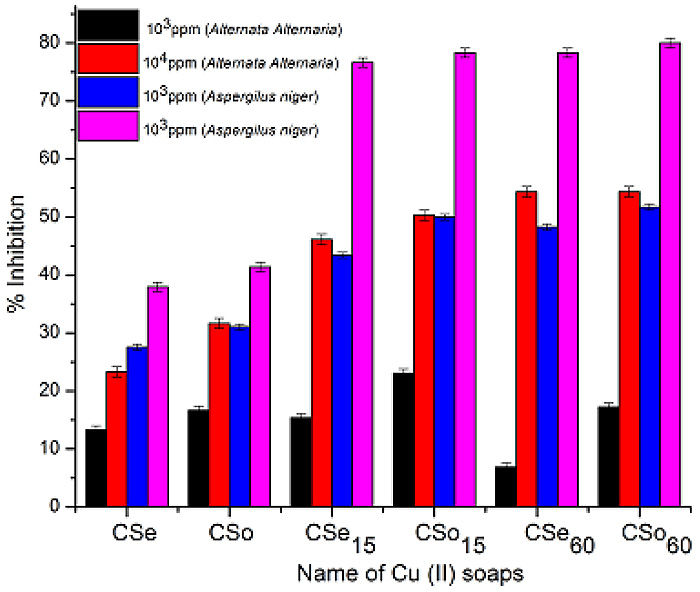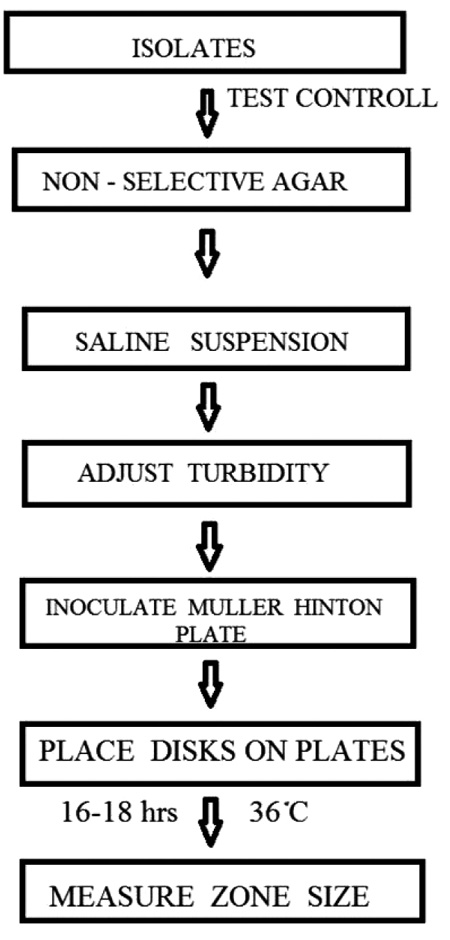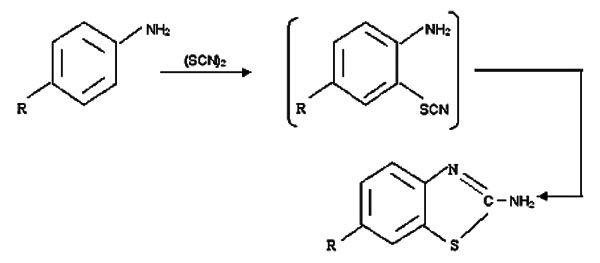RESEARCH ARTICLE
Antifungal Activities and Characterization of Some New Environmentally Safe Cu (II) Surfactants Substituted 2-Amino-6-Methyl Benzothiazole
Arun Kumar Sharma1, *, Rashmi Sharma2, Antima Gangwal2
Article Information
Identifiers and Pagination:
Year: 2018Volume: 5
First Page: 1
Last Page: 11
Publisher Id: PHARMSCI-5-1
DOI: 10.2174/1874844901805010001
Article History:
Received Date: 22/03/2018Revision Received Date: 10/05/2018
Acceptance Date: 11/05/2018
Electronic publication date: 16/07/2018
Collection year: 2018
open-access license: This is an open access article distributed under the terms of the Creative Commons Attribution 4.0 International Public License (CC-BY 4.0), a copy of which is available at: https://creativecommons.org/licenses/by/4.0/legalcode. This license permits unrestricted use, distribution, and reproduction in any medium, provided the original author and source are credited.
Abstract
Background:
Biologically potent compounds are one of the most important classes of materials for the upcoming generations.
Objectives:
Increasing number of microbial infectious diseases and resistant pathogens create a demand and urgency to develop novel, potent, safe and improved variety of antimicrobial agents.
Methods:
The copper surfactants substituted 2-amino-6-methyl benzothiazole were synthesized. The synthesized complexes have been characterized by IR, NMR, ESR spectroscopic methods. The antifungal activities have been evaluated by testing against Alternaria alternate fungi. All complexes showed good antifungal activity because chelation increases the anti-microbial potency.
Result:
The studies suggest that the copper (II) ions in soaps may be responsible for the enhancement of the activity against fungi. The evaluation of anti -fungal studies further revealed that fungitoxicity of the complexes also depends on the nature of metal ions. The chelation reduces the polarity of central metal ion mainly because of partial attaining of its positive charge with the donor groups and possible π- electron delocalization over the whole chelate ring. Such chelation increases the lipophilic character of the central atom, which subsequently favors its permeation through the lipoid layer of the cell membrane. Their efficiency increases with their concentration.














